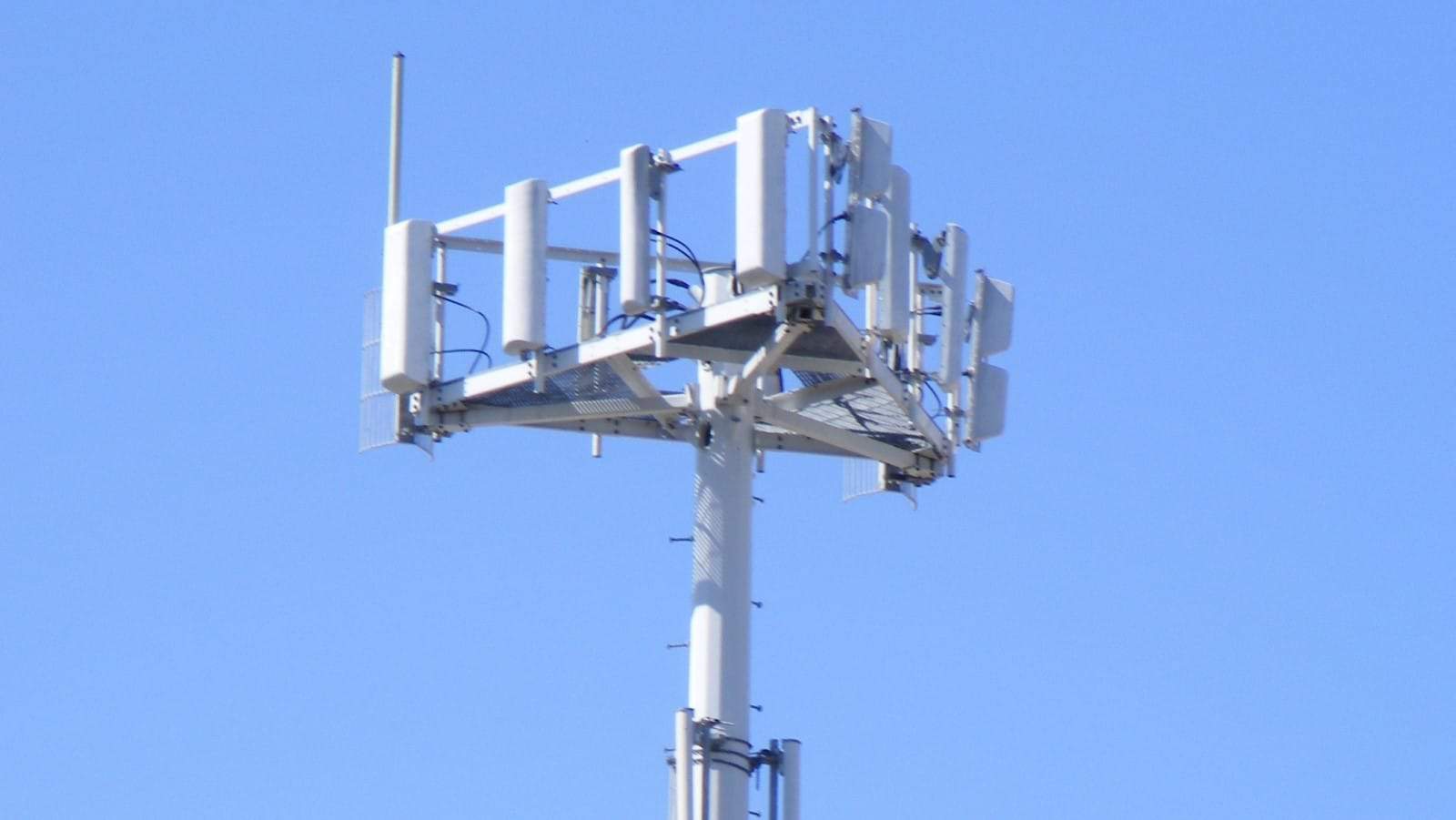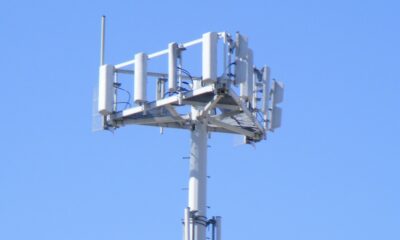AT&T
AT&T and Verizon pause their 5G rollout because it could potentially mess with aircraft systems
This gives T-Mobile a competitive edge.

Just a heads up, if you buy something through our links, we may get a small share of the sale. It’s one of the ways we keep the lights on here. Click here for more.
The rollout of a new set of 5G frequencies in the United States has been temporarily halted; after the Federal Aviation Administration (FAA) voiced some concerns that they could potentially interfere with aircraft. According to the Wall Street Journal, AT&T and Verizon have agreed to move their planned implementation to January while protesting the potential danger.
The pause only affects switching on the new 5G equipment, with Verizon still deploying equipment with the goal of activating it around the first quarter of 2022. In addition, AT&T is putting a pause on switching their equipment, to “understand” the FAA’s “asserted co-existence concerns.”
The contested spectrum is known as C-Band (3.7-3.98 GHz), and the FAA is worried that because it’s close to the 4.2-4.4 GHz that radar altimeters use, it could cause interference. That could lead to trouble with systems that help land planes in bad weather, potentially causing crashes.
READ MORE: Airlines continue to warn against the danger 5G poses to some flights
The thing is, the FCC, which oversees radio frequency use cases, has already conceded that “well-designed [radio altimeter] equipment should not ordinarily receive any significant interference (let alone harmful interference) given these circumstances.” That should mean that the aviation industry’s worry is unfounded, as any airplane should be using equipment built to resist interference.
The FAA might be acting out of an abundance of caution not to further harm the aviation industry, which has already been hammered by COVID-19 restrictions and a reluctance to fly by consumers. Multiple countries already have deployed 5G in a very similar band from 3.3-4.2 GHz, like Japan, South Korea, and several European countries, with no proven reports of harmful interference to date.
5G still hasn’t lived up to the promises made by the telecommunications industry, with stalled roll-outs and spotty coverage. Hopefully, the pause on these mid-band frequencies isn’t protracted, so consumers can benefit from the increased speeds and coverage these frequencies offer.
Have any thoughts on this? Let us know down below in the comments or carry the discussion over to our Twitter or Facebook.




























